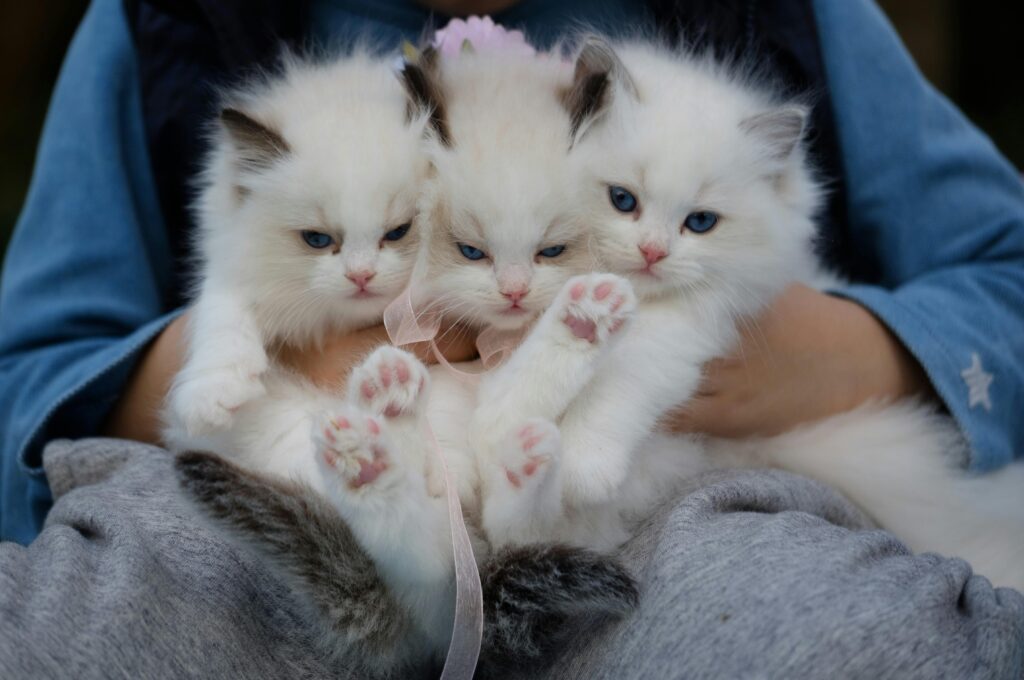If your pet could talk, what would they say? Imagine your dog looking up at you with those soulful eyes or your cat curling into your lap, silently communicating something you can’t quite put into words. While they can’t speak our language, pets express their needs, emotions, and desires in other powerful ways.
Many pet parents miss subtle cues because we’re busy with life. Yet, truly understanding what your dog or cat wishes you knew can make a world of difference in their happiness—and yours.
In this article, we’ll dive deep into the unspoken truths of pets, the science behind their behavior, and actionable tips that will make your bond stronger.

1. “I Don’t Just Need Food— I Need Quality Nutrition”
Your pet’s health is deeply tied to their diet. Dogs and cats can’t say, “This kibble makes my stomach hurt,” but their bodies give you signs: dull fur, low energy, digestive issues.
👉 Why this matters: Just like humans, pets thrive on balanced nutrition, not just “filler” foods. High-quality proteins, vitamins, and safe ingredients make them healthier and more energetic.
Tip for Owners: Always check pet food labels. Avoid excessive artificial preservatives and prioritize natural ingredients. If unsure, ask your vet for guidance.
🔗 Learn more about premium pet care at PelteLuxe.
2. “I Understand More Than You Think”
Pets don’t understand every word, but they do pick up tone, body language, and patterns. Dogs may tilt their heads when you talk because they’re processing sounds, while cats may follow routines (like running to the door when they hear your keys).
👉 Why this matters: Clear communication helps pets feel secure. Confusion can cause stress and behavioral problems.
Tip for Owners:
- Use consistent commands.
- Pair words with gestures.
- Avoid yelling—it confuses pets and damages trust.
🔗 According to ASPCA, positive reinforcement is the best training method.
3. “I Get Bored Too—Please Stimulate My Mind”
Pets don’t want to just eat and sleep; they crave mental stimulation. Dogs need challenges like puzzle toys or training games, while cats thrive on climbing, hunting games, and new environments.
👉 Why this matters: Boredom leads to destructive behavior. Chewing shoes, scratching furniture, or constant barking often comes from lack of stimulation, not bad behavior.
Tip for Owners:
- Rotate toys to keep them interesting.
- Dedicate at least 20 minutes a day to active play.
- Try enrichment activities like food-dispensing puzzles.
4. “Routine Makes Me Feel Safe”
Dogs and cats thrive on predictability. When feeding times, walks, or play sessions happen regularly, pets feel more secure.
👉 Why this matters: Sudden changes cause anxiety, especially for sensitive pets.
Tip for Owners: Stick to a feeding and walking schedule as much as possible. If changes are unavoidable, ease them in gradually.
5. “I Feel Your Emotions—And They Affect Me”
Pets are emotional sponges. Dogs often comfort owners when they sense sadness, and cats may withdraw if they feel tension in the home.
👉 Why this matters: Pets live in our energy field. Stress, anger, or calmness—your pet absorbs it.
Tip for Owners: Create a calm home environment. Practice relaxation techniques for yourself, because when you’re peaceful, your pet feels it too.
6. “I Need Social Time—Even If I’m Independent”
Cats are often called “independent,” but even they need affection, play, and attention. Dogs, being pack animals, naturally crave companionship.
👉 Why this matters: Lack of social interaction leads to loneliness, depression, and behavioral issues.
Tip for Owners:
- Dogs: At least one daily walk and active play.
- Cats: Interactive toys and cuddle sessions.
- Multi-pet homes: Ensure each pet gets individual attention.
7. “Exercise Isn’t Optional for Me”
Some owners assume pets are fine lounging around, but regular activity is vital. Dogs need walks, while indoor cats need climbing trees, toys, and safe spaces to jump.
👉 Why this matters: Exercise keeps weight in check, improves mood, and strengthens muscles. Obesity is one of the most common pet health issues today (source: PetMD).
Tip for Owners:
- Walk dogs 30 minutes to 2 hours daily (depending on breed).
- Encourage cats with climbing towers, feather toys, or laser games.
8. “I Don’t Always Show Pain—Please Notice Subtle Signs”
Animals hide pain because, in the wild, weakness made them vulnerable. A limping dog or a cat that suddenly stops grooming may be signaling discomfort.
👉 Why this matters: Delayed treatment leads to bigger health issues.
Tip for Owners:
- Watch for changes in appetite, behavior, or posture.
- Schedule regular vet checkups.
9. “I Age Faster Than You Think”
Pets live shorter lives, and every year is precious. A 7-year-old dog may already be a senior, and cats often develop age-related changes after 10.
👉 Why this matters: Their needs evolve—diet, exercise, and medical care must adapt too.
Tip for Owners:
- Provide joint support for older pets.
- Regular vet visits become more crucial with age.
- Treasure daily moments—you’ll miss them one day.
10. “All I Really Want Is Your Love and Time”
At the end of the day, what pets value most is your love. They don’t care about expensive toys or fancy food bowls. They want you.
👉 Why this matters: Consistent affection builds trust and strengthens the lifelong bond.
FAQs
Q1: How do I know if my pet is happy?
➡ Look for relaxed body language: wagging tails, soft eyes, purring, playful energy.
Q2: Can cats really bond like dogs?
➡ Yes! Cats may show affection differently (through purring, slow blinking, or sitting nearby), but the bond can be just as strong.
Q3: Should I talk to my pet daily?
➡ Absolutely. Pets may not understand every word, but they feel the connection, tone, and attention.
Your dog or cat can’t sit you down for a heart-to-heart, but if they could, their message would be simple: “Care for me, understand me, and love me—I’ll give you the same in return, unconditionally.”
By tuning into their needs, emotions, and silent cues, you don’t just raise a healthy pet—you build an unbreakable friendship
